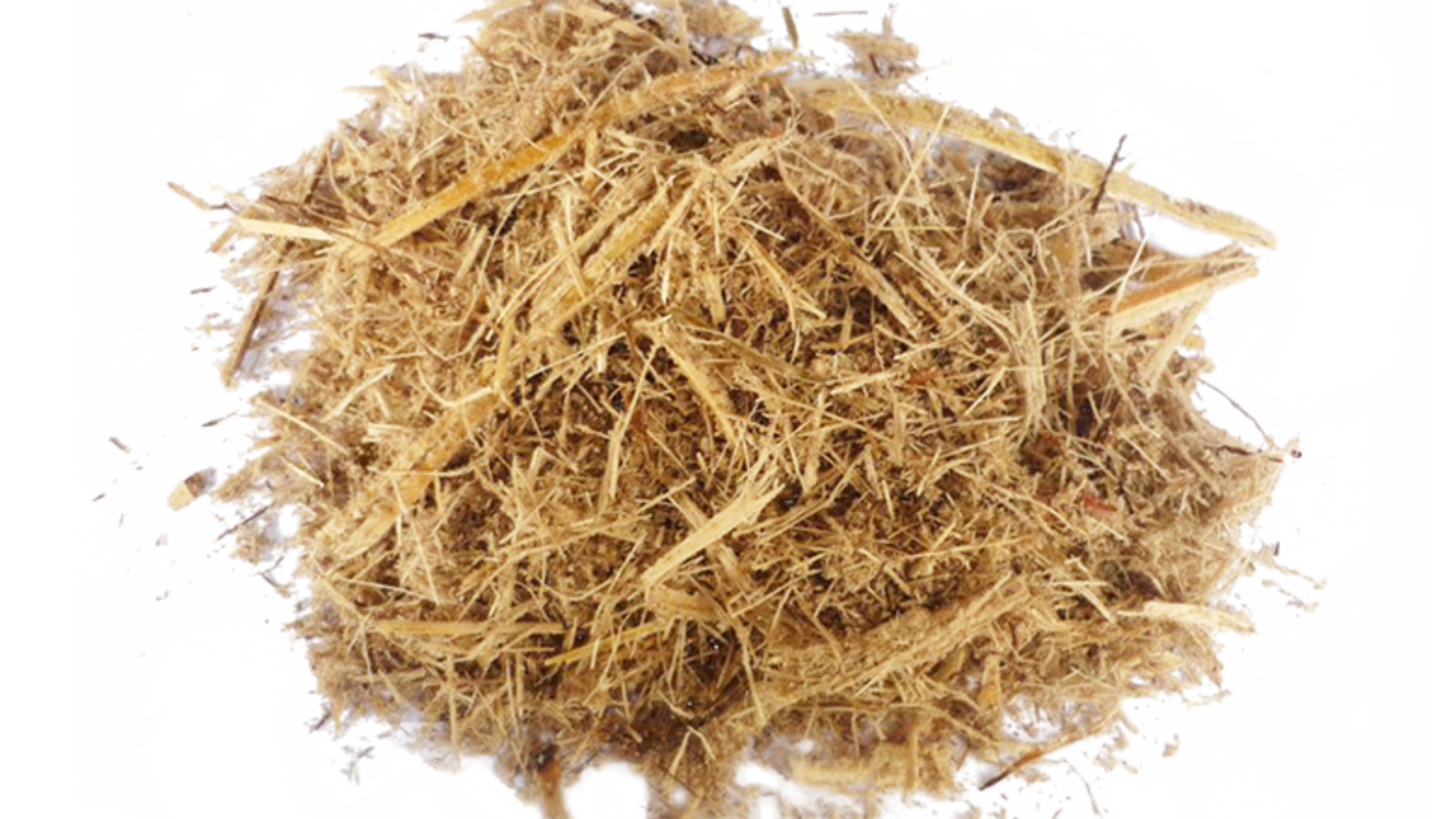What is Sugarcane Bagasse?
Sugarcane is a staple crop in many countries, the Philippines included. Traditionally, sugarcane crops are planted and harvested in an annual basis, and are brought to mills to be extracted and processed into different kinds of sugar products. The crops are then regrown which saves the soil from being eroded and saves a lot of resources.
Bagasse is the pulpy material that is left after the sugarcane has been processed and squeezed out of its juice. You can probably see these in markets where local vendors sell fresh sugarcane juice. In the past, sugarcane mills and factories would burn these pulp or bagasse because there are just so much of them all at once and they wouldn’t know what to do with them. Burning these bagasse produces CO2 and other harmful gasses that further pollutes our environment.
Fast forward to today, where clever scientists and engineers have found ways to re-use all these “trash” and make them into something useful to help us live a little bit more conveniently in our day to day lives.
Bagasse vs Paper
Ok, so what’s the big deal anyway. Bagasse is basically like paper, right? Well, technically yes but with big differences which makes bagasse a much more sustainable option to paper. The key difference is that sugarcane is an annual crop, which means it only takes 1 year to grow compared to trees which can take up to 20 years to mature.
Bagasse is also an agricultural by-product that is being re-used to make new products, as opposed to trees which are cut down and harvested for the purpose of making new products.
It normally takes about 5kg worth of wood to produce 1kg of pulp, whereas only 1.5kg of bagasse to make 1kg of pulp.
All these and more make sugarcane bagasse a far superior material in terms of sustainability and eco-friendliness vs paper.
So Why Do We Use Bagasse
Well apart from everything we just mentioned above, what we love about our sugarcane bagasse products are that they are 100% plastic free, and no trace of plastic or wax can be found in any of our product.
Paper has been long used in the food and beverage industry but unfortunately most of these paper products are lined with PE or polyethylene – which is a type of plastic.
Our bagasse containers are different in that it does not need any additional lining in order for it to be grease or water resistant. Its natural composition and the manufacturing process creates a natural barrier which enable them to be resistant to oil and moisture.
This makes our products 100% compostable and biodegradable, leaving no trace of chemicals or plastic particles into the earth as it breaks down.
We are very conscious about our choices for our products’ impact on the environment – from the time it is manufactured to the end of its life after it has been disposed

This diagram shows the circular life cycle of the sugarcane bagasse, and its very important for us to consider these things, as we believe that just saying our products are eco-friendly is not enough, we also have to consider the way its made and end of its life and how we can continuously sustain this process so as to really present a viable solution to the plastic waste problem.
By using a material that would have been thrown out or burned, the goal is to to even out our carbon footprint eventually achieving a carbon negative state and have a positive impact on the environment.


